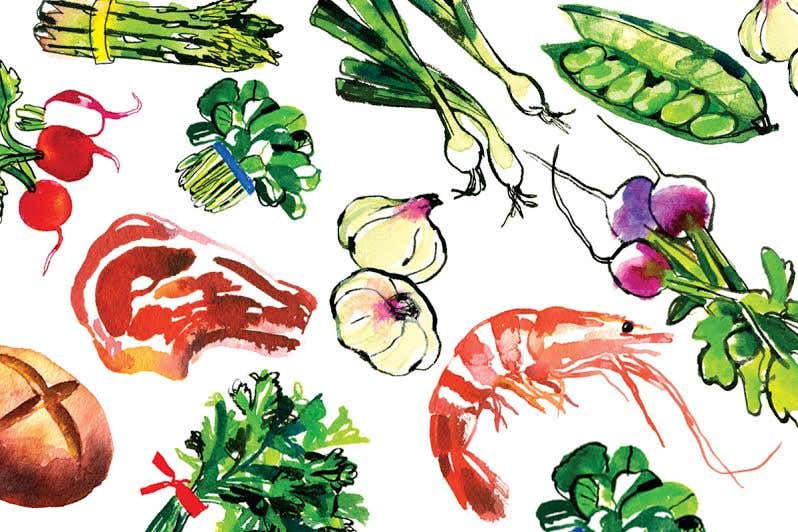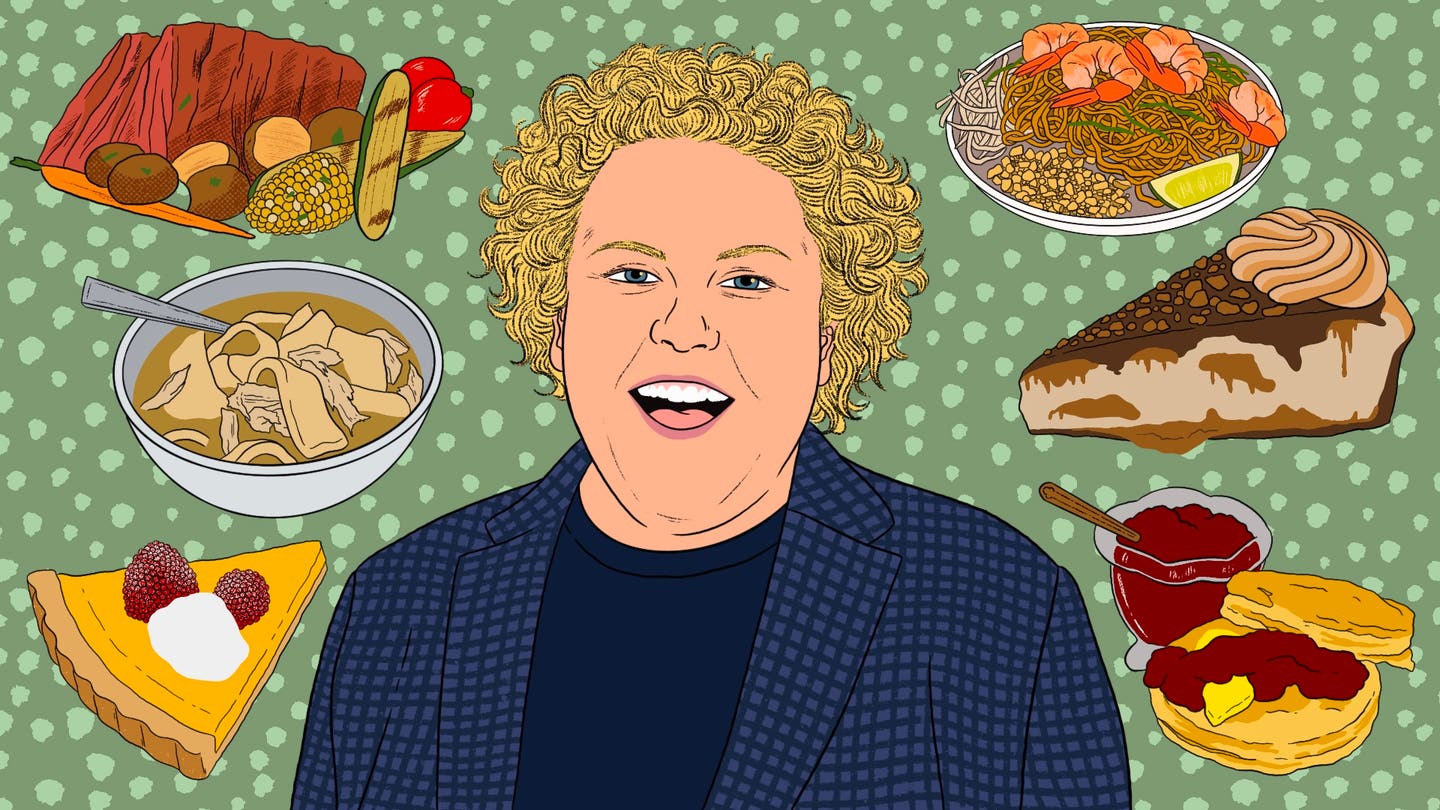
Doing it Their Way
The hamburger may be America's national dish, but it's still a fiercely regional food. Even in our homogenized, fast-food epoch, burgers come to the table in a juicily awesome range of styles: from the crunchy, shoestring potato-topped "frita" found in the Cuban-American communities of Miami to the sumptuous, butter-topped burgers of Wisconsin's dairylands.
Some of the tastiest and most tenacious regional variants hail from the South. Take the delicious pimento cheese burger, topped with that cherished Southern condiment pimento cheese: a piquant spread of cheddar (usually), pimentos, mayo, and spices. Dolloped atop a hot griddled patty, spicy pimento cheese melts and blends beautifully with charred beef. Versions appear throughout the Southern states, but Columbia, South Carolina, is the locus of the PC burger, as it's often called, according to the Southern food expert John T. Edge in his book Hamburgers & Fries (G. P. Putnam's Sons, 2005). "Every third joint serves one," he writes of Columbia and its environs, "and at least half of them are good."
The South's burger innovations did not stop there. Born of scarcity during World War I and the Depression, the "slug burger" or "dough burger", found primarily in Mississippi, uses cornmeal, potato meal, cracker meal, or other extenders to make the meat go farther. A similar exercise in frugality can be found a couple states over in central Oklahoma, where cooks mash nearly half a thinly sliced onion into a patty to make a fried onion burger, almost caramelizing the vegetable on a blazing griddle as it becomes intertwined with beef.
Out West, in New Mexico, the burger takes on an even more distinctly regional cast. Green chiles, the state's beloved hot peppers, are roasted, chopped up, and strewn atop burgers. The chiles are held in place with just the right amount of cheese—white cheddar in the case of the most famous purveyor, the Bobcat Bite diner in Santa Fe. Another great version can be found at the Owl Bar in the central New Mexico town of San Antonio, where cooks reportedly started serving the burgers at the request of the nuclear physicists working at nearby Los Alamos. (Talk about a burger with a bang.)
Up north in Minneapolis, you'll find the Jucy Lucy (at the 55-year-old Matt's Bar), the Juicy Lucy (at the 5-8 Club), and other burgers bearing some similar spelling of the name. The over-the-top qualities of these outwardly normal-looking sandwiches fly under the radar—until you bite into one and its molten core of american cheese oozes out. Many variations on this specialty, which became popular in the 1950s, exist, some with jalapeño jack cheese at their core. Wherever you're eating one, let it cool a bit before you bite in, lest you suffer a scalded tongue.
Some regional styles owe not to the ingredients or to where you hide them but to the cooking method. Sometime in the 1930s, for example, cooks in south-central Connecticut started steaming their burgers: at places like Ted's Restaurant in Meriden, they pack ground beef into little stainless-steel trays and place them in a steamer, along with trays of white cheddar, which gets poured onto the ultrajuicy steamed patty just after it's been bunned. A similarly unorthodox technique surfaced in the Midwest, where some diner cooks use the back of a spatula to smash the plump patty into the second dimension. As the meat spreads out on the griddle, it cooks in its own juices, creating little pockets of crunchy, salty chewiness. The two-year-old, Colorado-based chain Smashburger has been spreading this particular gospel across the country.
Indeed, many burger styles that were once regional have since entered the national vernacular. For one, there's the patty melt, the rye toast-flanked burger that is believed to have started at the Biff's and Tiny Naylor's chains in Southern California in the 1940s and have become a coffee shop staple nationwide. Or consider sliders, which began as White Castle's one-inch-square burgers and are now the darling of chefs nationwide. Are other exotic breeds—like the peanut butter-smothered goober burger specific to Sedalia, Missouri, or the tangy slaw burgers of North Carolina—destined for universal acclaim? Only time will tell.
Keep Reading
Continue to Next Story










